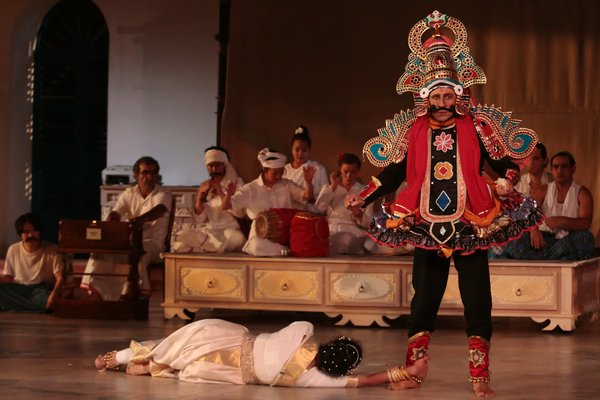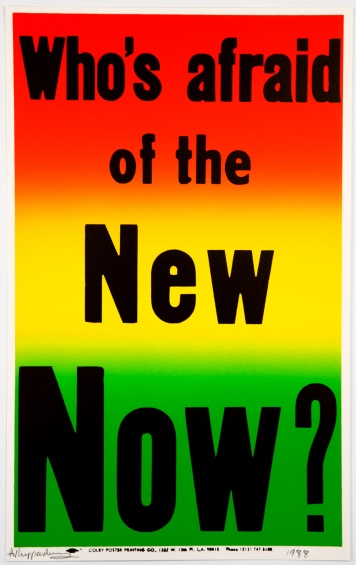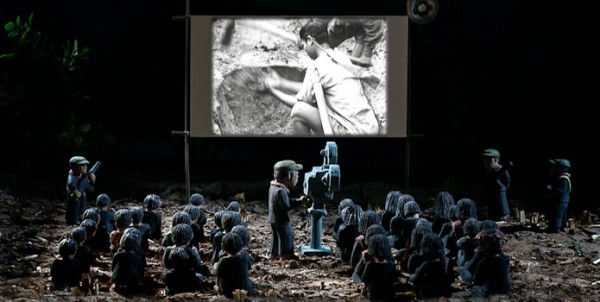
Director Rithy Panh uses dioramas to fill in the gaps in Oscar-nominated The Missing Picture
THE MISSING PICTURE (L’IMAGE MANQUANTE) (Rithy Panh, 2013)
BAMcinématek, BAM Rose Cinemas
30 Lafayette Ave. between Ashland Pl. & St. Felix St.
Tuesday, December 12, $15, 7:00
718-636-4100
www.bam.org
www.themissingpicture.bophana.org
 In conjunction with the December 15-16 U.S. premiere of Bangsokol: A Requiem for Cambodia as part of the 2017 Next Wave Festival, BAM is presenting Rithy Panh’s The Missing Picture on December 12 at 7:00, with Panh participating in a postscreening Q&A with Ford Foundation program officer Chi-hui Yang. Winner of the Un Certain Regard prize at Cannes and nominated for a Best Foreign Language Film Academy Award, The Missing Picture is a brilliantly rendered look back at the director’s childhood in Cambodia just as Pol Pot and the Khmer Rouge began their reign of terror in the mid-1970s. “I seek my childhood like a lost picture, or rather it seeks me,” narrator Randal Douc says in French, reciting darkly poetic and intimately personal text written by author Christophe Bataille (Annam) based on Panh’s life. Born in Phnom Penh in 1964, Panh, who has made such previous documentaries about his native country as S21, The Khmer Rouge Killing Machine and Duch, Master of the Forges of Hell and wrote the 2012 book L’élimination with Bataille, was faced with a major challenge in telling his story; although he found remarkable archival footage of the communist Angkar regime, there are precious few photographs or home movies of his family and the community where he grew up. So he had sculptor Sarith Mang hand-carve and paint wooden figurines that Panh placed in dioramas to detail what happened to his friends, relatives, and neighbors. Panh’s camera hovers over and zooms into the dioramas, bringing these people, who exist primarily only in memory, to vivid life. When a person disappears, Panh depicts their carved representatives flying through the sky, as if finally achieving freedom amid all the horrors.
In conjunction with the December 15-16 U.S. premiere of Bangsokol: A Requiem for Cambodia as part of the 2017 Next Wave Festival, BAM is presenting Rithy Panh’s The Missing Picture on December 12 at 7:00, with Panh participating in a postscreening Q&A with Ford Foundation program officer Chi-hui Yang. Winner of the Un Certain Regard prize at Cannes and nominated for a Best Foreign Language Film Academy Award, The Missing Picture is a brilliantly rendered look back at the director’s childhood in Cambodia just as Pol Pot and the Khmer Rouge began their reign of terror in the mid-1970s. “I seek my childhood like a lost picture, or rather it seeks me,” narrator Randal Douc says in French, reciting darkly poetic and intimately personal text written by author Christophe Bataille (Annam) based on Panh’s life. Born in Phnom Penh in 1964, Panh, who has made such previous documentaries about his native country as S21, The Khmer Rouge Killing Machine and Duch, Master of the Forges of Hell and wrote the 2012 book L’élimination with Bataille, was faced with a major challenge in telling his story; although he found remarkable archival footage of the communist Angkar regime, there are precious few photographs or home movies of his family and the community where he grew up. So he had sculptor Sarith Mang hand-carve and paint wooden figurines that Panh placed in dioramas to detail what happened to his friends, relatives, and neighbors. Panh’s camera hovers over and zooms into the dioramas, bringing these people, who exist primarily only in memory, to vivid life. When a person disappears, Panh depicts their carved representatives flying through the sky, as if finally achieving freedom amid all the horrors.
He delves into the Angkar’s propaganda movement and sloganeering — the “great leap forward,” spread through film and other methods — as the rulers sent young men and women into forced labor camps. “With film too, the harvests are glorious,” Douc states as women are shown, in black-and-white, working in the fields. “There is grain. There are the calm, determined faces. Like a painting. A poem. At last I see the Revolution they so promised us. It exists only on film.” It’s a stark comparison to cinematographer Prum Mésa’s modern-day shots of the wind blowing through lush green fields, devoid of people. The Missing Picture is an extraordinarily poignant memoir that uses the director’s personal tale as a microcosm for what happened in Cambodia during the 1970s, employing the figures and dioramas to compensate for “the missing pictures.” Like such other documentaries as Jessica Wu’s Protagonist and In the Realms of the Unreal, Michel Gondry’s Is the Man Who Is Tall Happy?, Jeff Malmberg’s Marwencol, and Zachary Heinzerling’s Cutie and the Boxer, which incorporate animation, puppetry, and/or miniatures to enhance the narrative or fill in gaps, Panh makes creative use of an unexpected artistic technique, this time concentrating on painful history as well as personal and collective memory.
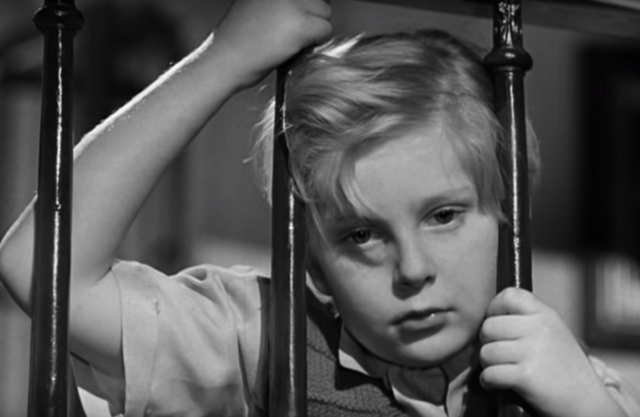
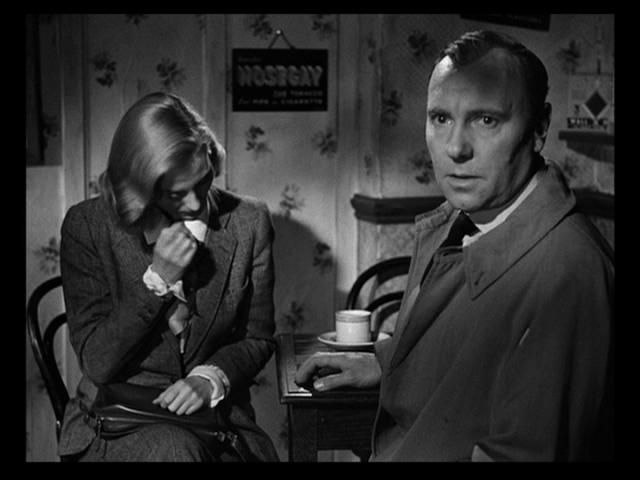
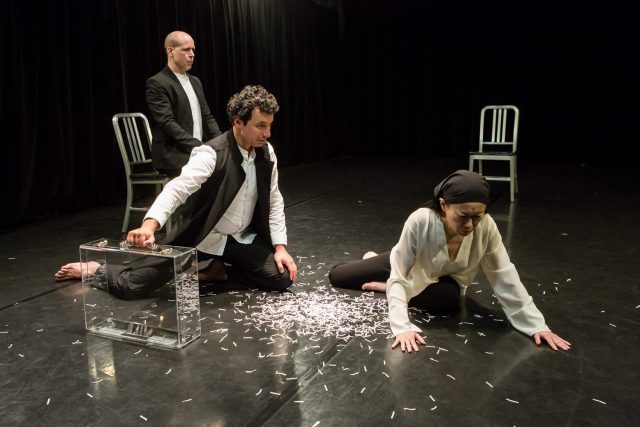
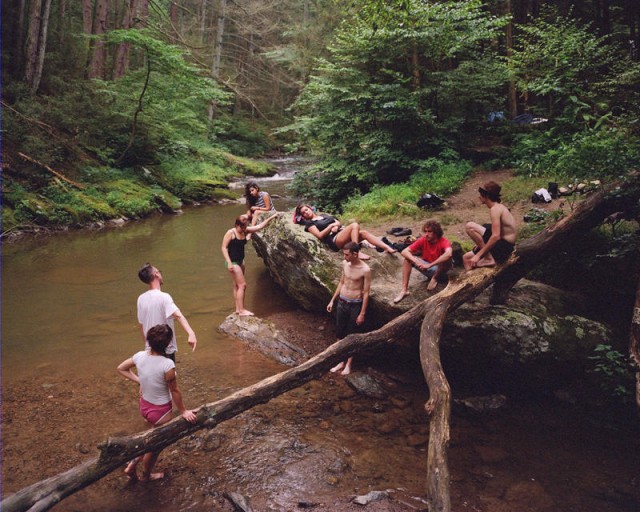
 The city of Baltimore has not exactly been depicted kindly in film and on television, with such series as Homicide: Life on the Street, The Wire, and The Corner: A Year in the Life of an Inner-City Neighborhood focusing on the rash of drugs and violence that have devastated the community, while native son John Waters has shown its wackier side in such films as Polyester and Hairspray. Born and raised in a suburb just inside the Baltimore city line, writer-director Matt Porterfield (Hamilton, I Used to Be Darker) has taken a different view in his second feature film, Putty Hill. When financing for his coming-of-age drama Metal Gods fell through, he decided to keep the cast and crew together and instead shoot a cinéma verité story about the after-effects of a young man’s drug overdose on a tight-knit community inspired by the one he grew up in. Not much is revealed about Cory as his funeral nears and life goes on, with his younger brother, Cody (Cody Ray), playing paintball with Cory’s friends; his uncle, Spike (Charles Sauers), tattooing customers in his apartment; and Spike’s daughter, Jenny (Sky Ferreira), returning to her hometown for the first time in several years and hanging out with her old friends like nothing much has changed. Working off a five-page treatment with only one line of scripted dialogue, Porterfield and cinematographer Jeremy Saulnier capture people just going on living, taking Cory’s death in stride; Porterfield interviews much of the cast, who share their thoughts and feelings in relatively unemotional ways. Shot on a minuscule budget in only twelve days, Putty Hill uses natural sound and light, nonprofessional actors, and real locations, enhancing its documentary-like feel, maintaining its understated narrative and avoiding any bombastic or sudden, big revelations. It’s a softly moving film, a tender tale about daily life in a contemporary American working-class neighborhood. Putty Hill is screening December 7 at 6:30 in the Film Society of Lincoln Center series “The Non-Actor”; it will be introduced by Porterfield and preceded by Laida Lertxundi’s Cry When It Happens. The series continues through December 10 with such other films as Shirley Clarke’s The Cool World, Susumu Hani’s Furyo shonen, Spencer Williams’s The Blood of Jesus, and Peter Watkins’s Punishment Park.
The city of Baltimore has not exactly been depicted kindly in film and on television, with such series as Homicide: Life on the Street, The Wire, and The Corner: A Year in the Life of an Inner-City Neighborhood focusing on the rash of drugs and violence that have devastated the community, while native son John Waters has shown its wackier side in such films as Polyester and Hairspray. Born and raised in a suburb just inside the Baltimore city line, writer-director Matt Porterfield (Hamilton, I Used to Be Darker) has taken a different view in his second feature film, Putty Hill. When financing for his coming-of-age drama Metal Gods fell through, he decided to keep the cast and crew together and instead shoot a cinéma verité story about the after-effects of a young man’s drug overdose on a tight-knit community inspired by the one he grew up in. Not much is revealed about Cory as his funeral nears and life goes on, with his younger brother, Cody (Cody Ray), playing paintball with Cory’s friends; his uncle, Spike (Charles Sauers), tattooing customers in his apartment; and Spike’s daughter, Jenny (Sky Ferreira), returning to her hometown for the first time in several years and hanging out with her old friends like nothing much has changed. Working off a five-page treatment with only one line of scripted dialogue, Porterfield and cinematographer Jeremy Saulnier capture people just going on living, taking Cory’s death in stride; Porterfield interviews much of the cast, who share their thoughts and feelings in relatively unemotional ways. Shot on a minuscule budget in only twelve days, Putty Hill uses natural sound and light, nonprofessional actors, and real locations, enhancing its documentary-like feel, maintaining its understated narrative and avoiding any bombastic or sudden, big revelations. It’s a softly moving film, a tender tale about daily life in a contemporary American working-class neighborhood. Putty Hill is screening December 7 at 6:30 in the Film Society of Lincoln Center series “The Non-Actor”; it will be introduced by Porterfield and preceded by Laida Lertxundi’s Cry When It Happens. The series continues through December 10 with such other films as Shirley Clarke’s The Cool World, Susumu Hani’s Furyo shonen, Spencer Williams’s The Blood of Jesus, and Peter Watkins’s Punishment Park.
